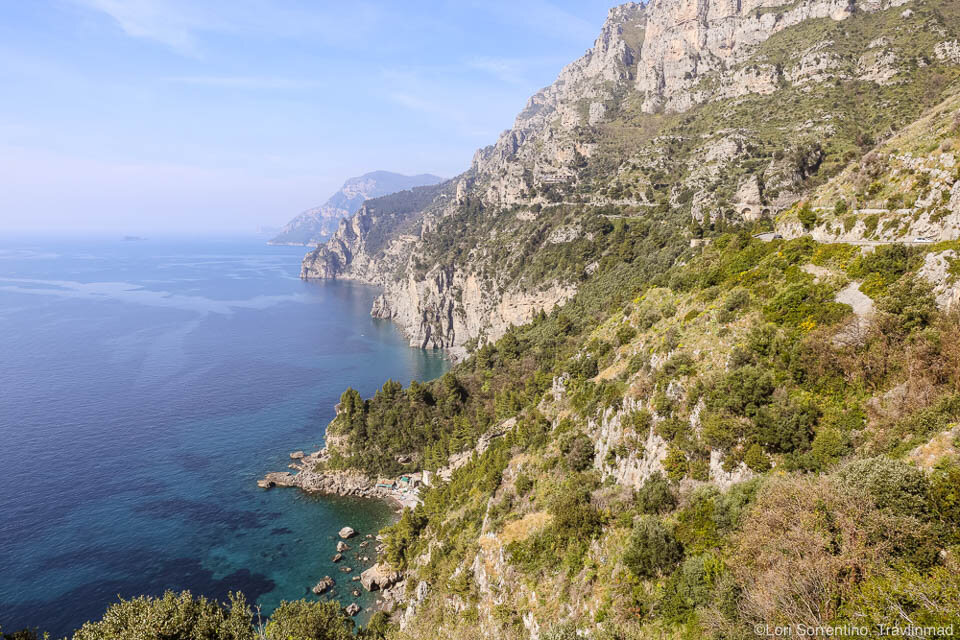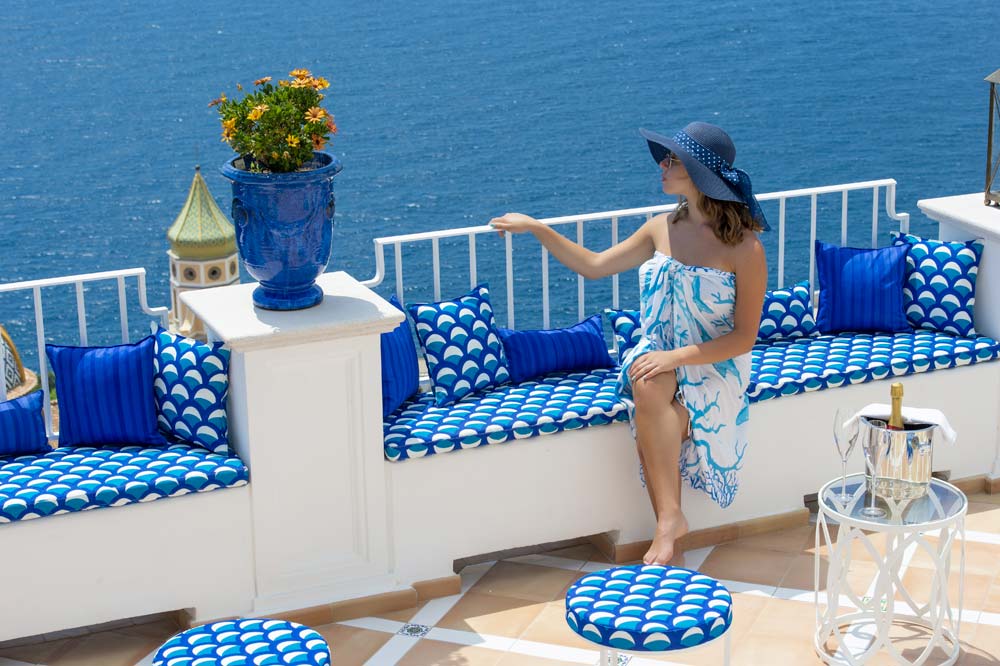With over 600 million blogs on the internet, you’ve likely encountered one or two blogs—you’re even on one right now. But you may still wonder what exactly is a blog? How does it differ from a website? Why does every business seem to have one? You may even ask yourself, how can I start my own blog?
In short, many individuals and businesses create a blog to share their ideas and expertise as well as boost their online presence. This article will answer your most pressing blogging questions and help you understand how and why blogs succeed, plus show how you can utilize them.

Blogs are a type of regularly updated websites that provide insight into a certain topic. The word blog is a combined version of the words “web” and “log.” At their inception, blogs were simply an online diary where people could keep a log about their daily lives on the web. They have since morphed into an essential forum for individuals and businesses alike to share information and updates. In fact, many people even make money blogging as professional full-time bloggers.
As the publishing world has evolved, and more of it has moved online, blogs have come to occupy a central position in this digital content world. Blogs are a source of knowledge, opinion and concrete advice. While not yet posed to replace journalism as an art form, people increasingly look to trusted blogs to find answers to their questions, or to learn how to do something.
Blogs are always evolving both in terms of how they're created and what they are used for. They can be a vehicle for creativity and for marketing. They're also increasingly created and read on mobile apps, as mobile blogging also comes into its own.

What does a blog look like?
A blog consists of a series of articles or posts. While the appearance of your blog can vary depending on the platform and design choices made by you as the blogger, here are some common elements you may find in a typical blog and include in your own, keeping in mind the importance of user experience design and web design:
Header
The top section of a blog often contains your blog's title or logo, along with a navigation menu that helps visitors explore different sections or categories of your blog. You might decide to categorize blogs from the same topic together, for repeat readers who are looking specifically from posts from that area of interest.
Content body
This is where the content of your blog posts is displayed. Each post usually includes a title, author name, date of publication, and the main content of the post, which can include text, images, videos, or other multimedia.
Sidebar
A blog may have a sidebar on one or both sides of the main content area. The sidebar often contains additional information or features such as a search bar, recent posts, popular posts, categories, tags, social media links, an about section, and advertisements. You can this part of your blog to help establish your blogs navigation, and site hierarchy to users and search engines.
Comments
Many blogs allow readers to leave comments on their posts. The comments section typically appears below the main content of each post and may include the ability for readers to reply to comments or upvote them. Before enabling comments on your blog, make sure you have the time and resources to manage comments effectively. You'll need to monitor them for spammy messages which should be deleted, or for messages from genuine readers who you'll need to connect with.
Footer
The bottom section of your blog usually contains copyright information, links to your privacy policy and terms of service, additional navigation links, and sometimes widgets like a subscription form, social media icons (social share buttons), or related posts.
Blog designs can vary greatly depending on the theme, customization options, and personal preferences that you chose. These elements provide a general overview of what a blog looks like, but blogs may have unique layouts or additional features based on your chosen platform and your design choices.

